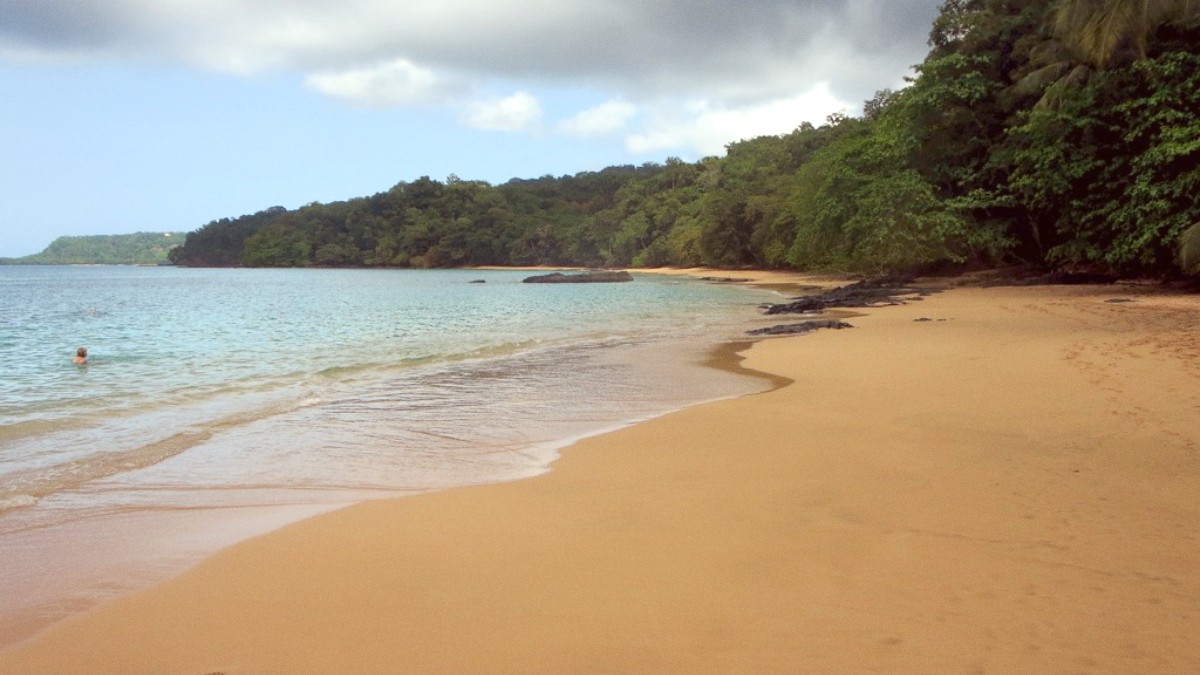
Sao Tome Principe
The capital city and its immediate surroundings feature several must-visit sites that capture Sao Tome's past and natural beauty.
For less crowded times at the Museum/Cathedral, weekday afternoons are generally quieter. For Boca do Inferno, early morning or late afternoon with strong waves provides the most dramatic display and fewer crowds.
Formal art galleries and dedicated exhibition spaces are limited. Some larger hotels or cultural centers might display local art. Local artisans sell work in the market. No formal cultural centers or venues for regular public performances. Cultural events are community-based, occurring during festivals.
Numerous former cocoa and coffee plantations. Core of colonial economy and social structure. Features impressive colonial architecture, often crumbling, with remnants of industrial machinery. Tells complex social history of island's labor system.
Once the largest plantation in the country, showing vast scale of colonial agricultural enterprise.
Well-preserved coffee plantation with a small museum.
Another historical plantation offering insights into the past.
16th-century fort, now housing the National Museum, a testament to the island's military history.
Sao Tome's volcanic origins and equatorial climate sculpted stunning natural beauty.
National park covering much of the interior, protecting pristine rainforest, unique biodiversity, and geological features. A haven for endemic species.
Small botanical garden in the central highlands, within Obô Natural Park. Showcases endemic and introduced plant species.
Calm bay on the north coast with clear blue waters, surrounded by dry forest. Popular for swimming and snorkeling.
Picturesque waterfall in the central highlands. Easily accessible by road, offers a refreshing stop.
The blowhole viewpoint for a dramatic display of ocean power.
Obô Natural Park home to endemic birds, monkeys, small mammals. Islands are an Endemic Bird Area (EBA), with many unique species.
Island's volcanic past shows in dramatic landscapes, from towering Pico Cão Grande to rugged cliffs and rock formations like Boca do Inferno.
Praia Jalé is a sea turtle nesting site (Nov-Mar). Praia dos Tamarindos, Praia Micondo, Praia Grande are popular for swimming and relaxation.
Beyond well-known spots, Sao Tome offers less-visited places that reveal its charm.
Discover unique perspectives away from the main tourist routes.
Consider extending your journey to Sao Tome's sister island.
Capture the unique charm and natural beauty of Sao Tome.
Photograph the local scene and historical architecture.
Make the most of your visit with these practical recommendations.
Capture local architecture in Sao Tome city, and the lush greenery of the interior.
The island's volcanic origins and equatorial climate sculpted stunning natural beauty.
Engage with locals, practice basic Portuguese, and immerse yourself in daily life.
Consider a multi-day extension to Principe Island for even more pristine nature and luxury eco-tourism.
Roça São João dos Angolares, known for its unique culinary experience by Chef João Carlos Silva, is a must-book.
The clear waters around Ilhéu das Rolas and the south coast are popular for marine life. Dive centers offer tours and courses.
From mid-July to mid-October, humpback whales migrate. Dolphins are seen year-round. Organized boat tours are available.
Support local conservation efforts, notably for sea turtle nesting sites (November to April at Praia Jalé).
Maximize your visit to Sao Tome city.
Stay safe and aware during your visit.
Hire a local guide for excursions into the interior or to specific roças.
Guides provide valuable historical context, local insights, and navigate challenging terrain, enriching your experience.
Beyond the well-known sites, Sao Tome has less-visited spots that show its charm.
Discover unique perspectives away from the main tourist routes.
Engage deeply with the local community and traditions.
Discover the serene and untouched beaches of the island's coastline.
The unpaved roads leading to these spots often offer stunning, raw natural beauty.
Journey back in time at the remnants of Sao Tome's past.
These sites offer a raw, untouched glimpse into the island's colonial past and its agricultural legacy.
Seek out small, local spots for a genuine taste of daily life.
These informal experiences provide a deep dive into the island's social fabric.
Consider a multi-day trip to Principe for its pristine nature, stunning beaches, and luxury eco-tourism.
Be mindful of local customs and the environment. Support community-based initiatives.